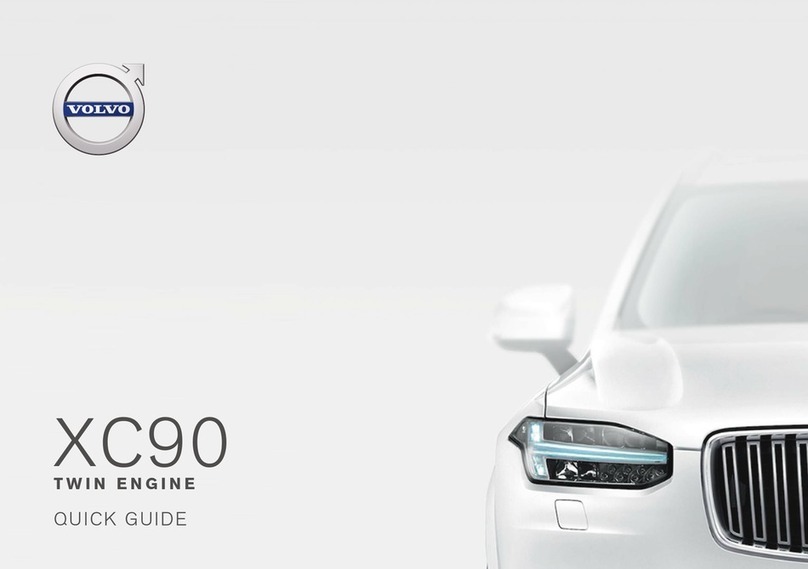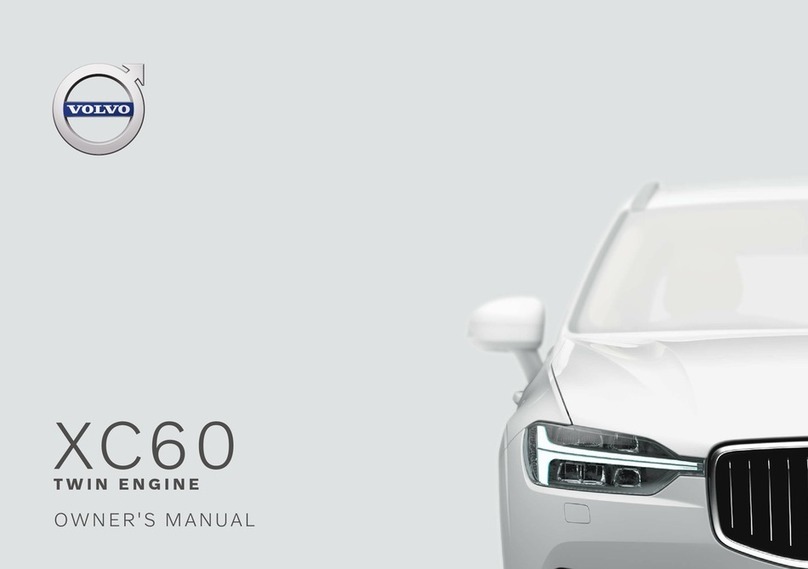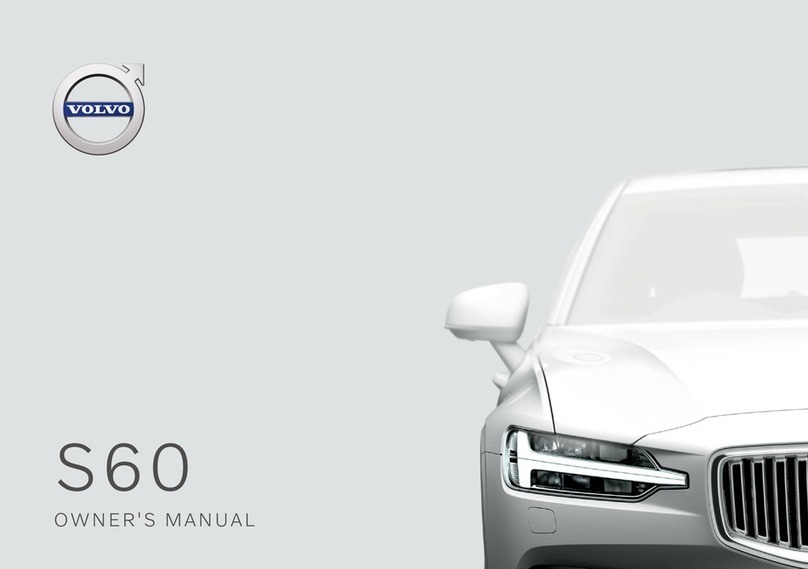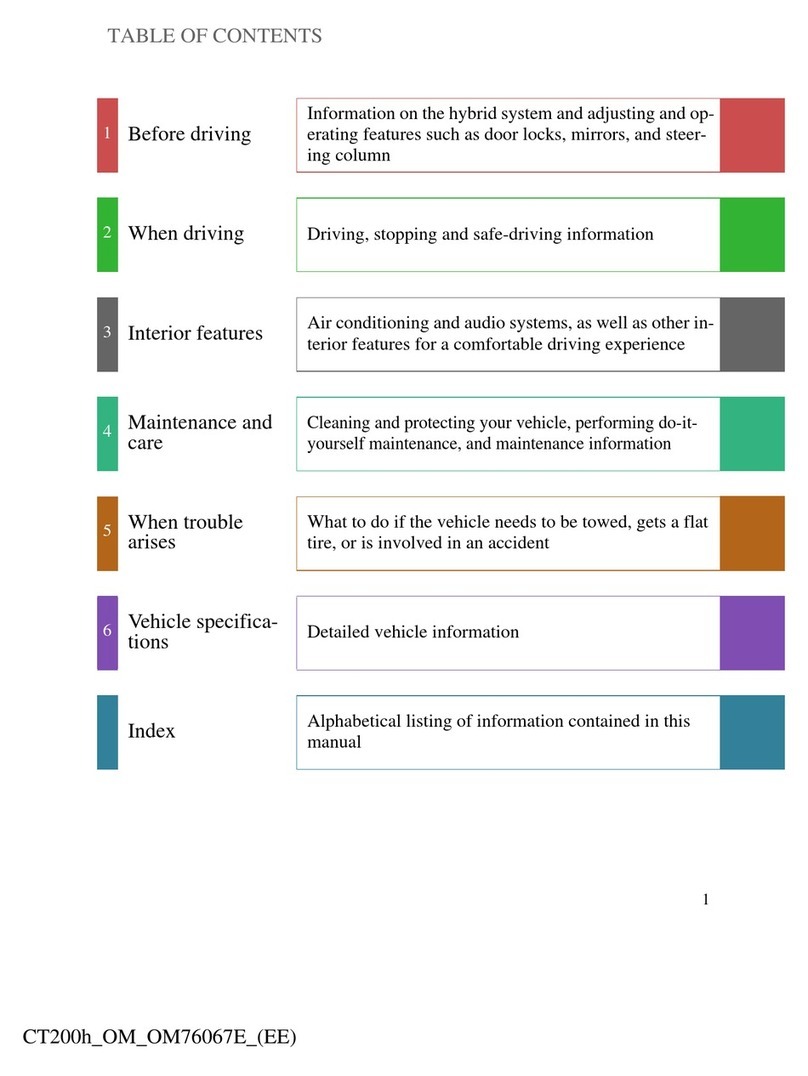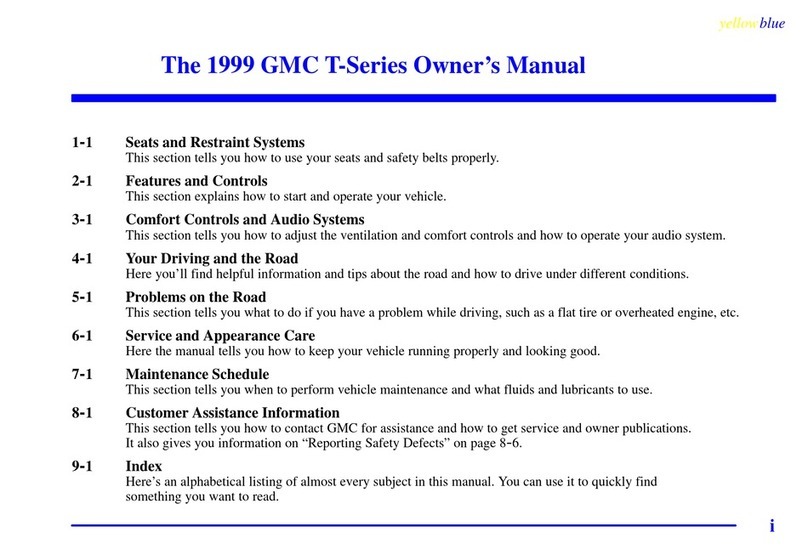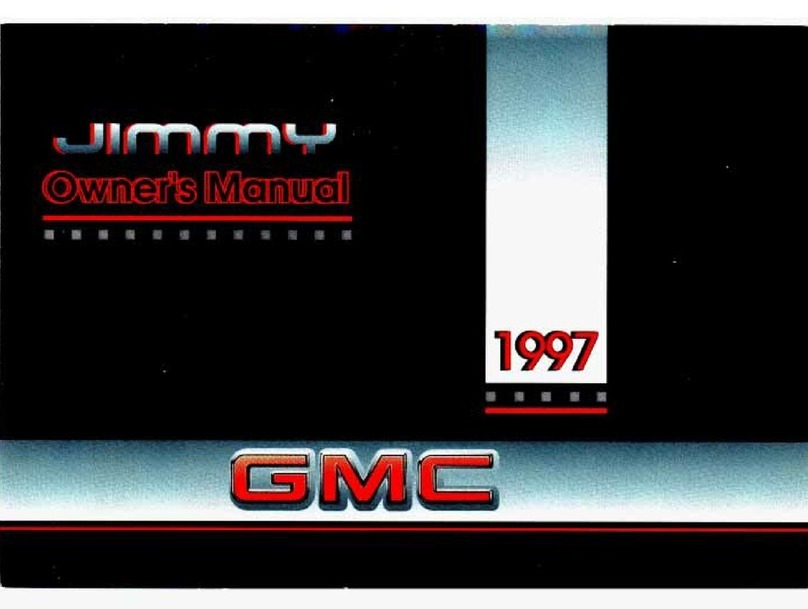
Electrical: Engine Starting, Charging
file:///C|/Users/Steve/Documents/Volvo%20FAQ%20Updated/ElectricalStarting.html[01/13/14 10:02:47 PM]
[Response: JohnB] Took about 250K and 16 years, but there it was: a potential
pattern failure at the start inhibitor (neutral safety) switch. A nice square contact
(should be rounded and smooth--the other one was) point due to wear and a
relaxed copper alloy arm...the car wouldn't start unless the switch was compressed
by hand (a get-home crutch, BTW!). And beware...the Volvo part comes with a new
and cheaper connector that the dealer crutches by selling you four terminals and
the late model socket for an additional $5.00!! You're supposed to clip the OEM
chassis harness clip off and crimp the new male spade terminals on and install the
late model socket so the new NSS can plug into it...I just used the old socket and
spliced it onto the new NSS. This same NSS is used on the 9xx series....
Removing Starter. The top starter bolt is difficult to remove. Before you go crazy,
see the last comment in this paragraph.
Removing Without Lowering the Transmission. You need a 1/2 inch six point 18mm
socket (940; 740 may require 19mm) or a swivelling socket, a 1/2 inch universal
joint, a large breaker bar, and enough socket extensions (with one about 36"long )
to reach back underneath the car to where you can apply the proper leverage to
get a firm grip on the bolt head. Use an impact socket if you need to. The breaker
bar should be at the rear of the transmission near the crossmember. The higher the
car, the better, but I've always done it with the car sitting at jack height. And it's
always worked. Unless you are using a lot of extensions and a universal joint, you
are going to have a hard time with this bolt. Apply some penetrating oil to the bolt
before beginning. You have to get into a position to really, really get on it!
Leverage is the key: line up the socket, the uni-joint and the extensions just right,
position yourself so you can put your weight into it, then you'll hear it: CRACK! Its
not a job for half effort. The placement near the crossmember allows you room to
use the breaker bar. While there is usually no need to remove the crossmember
and lower the rear of the transmission, if you have problems place a jack under the
tranny and remove the tranny support for better access. Do NOT drop the starter,
which may fracture an internal motor magnet. Diesel starter: see the FAQ Section.
[Art Benstein] If the above fails, use a 12 inch open end wrench from the topside
along the firewall. Apply a piece of oak 1"x1" to lever against the rear engine lift
point. You only have room to loosen 1/8 of a turn at time! [Ted Yaffo] Use an
impact wrench with requisite extensions to loosen this otherwise impossible bolt.
Removing by Lowering the Transmission.[Adam Stadnick] If you put a jack under
the transmission support crossmember, remove the four bolts holding it up, and
carefully lower the transmission down a few inches (being careful not to smash the
distributor cap if it's a head-mounted distributor) it greatly opens up the access to
the infamous upper starter bolt. I was able to remove it using 3/8" drive tools
without a breaker bar or torch or anything. I spent about an hour trying to fight
that bolt and never even got a tool to seat on it, but as soon as I lowered the
transmission it took about ten minutes start to finish.
Diesel Starter Fails: Wiring Fault.
[Inquiry:] I own a 1986 Volvo 740 Diesel. The mechanics have replaced the starter
six times from March 1999 to July 1999. The starter itself is still under warranty,
but each time I have to pay the installation labor, besides the headache of being
stranded, towing, etc. I'm not a mechanic, but even I know that something is
wrong, wrong, wrong. Does anyone have any ideas? Even a list of possibilities that









